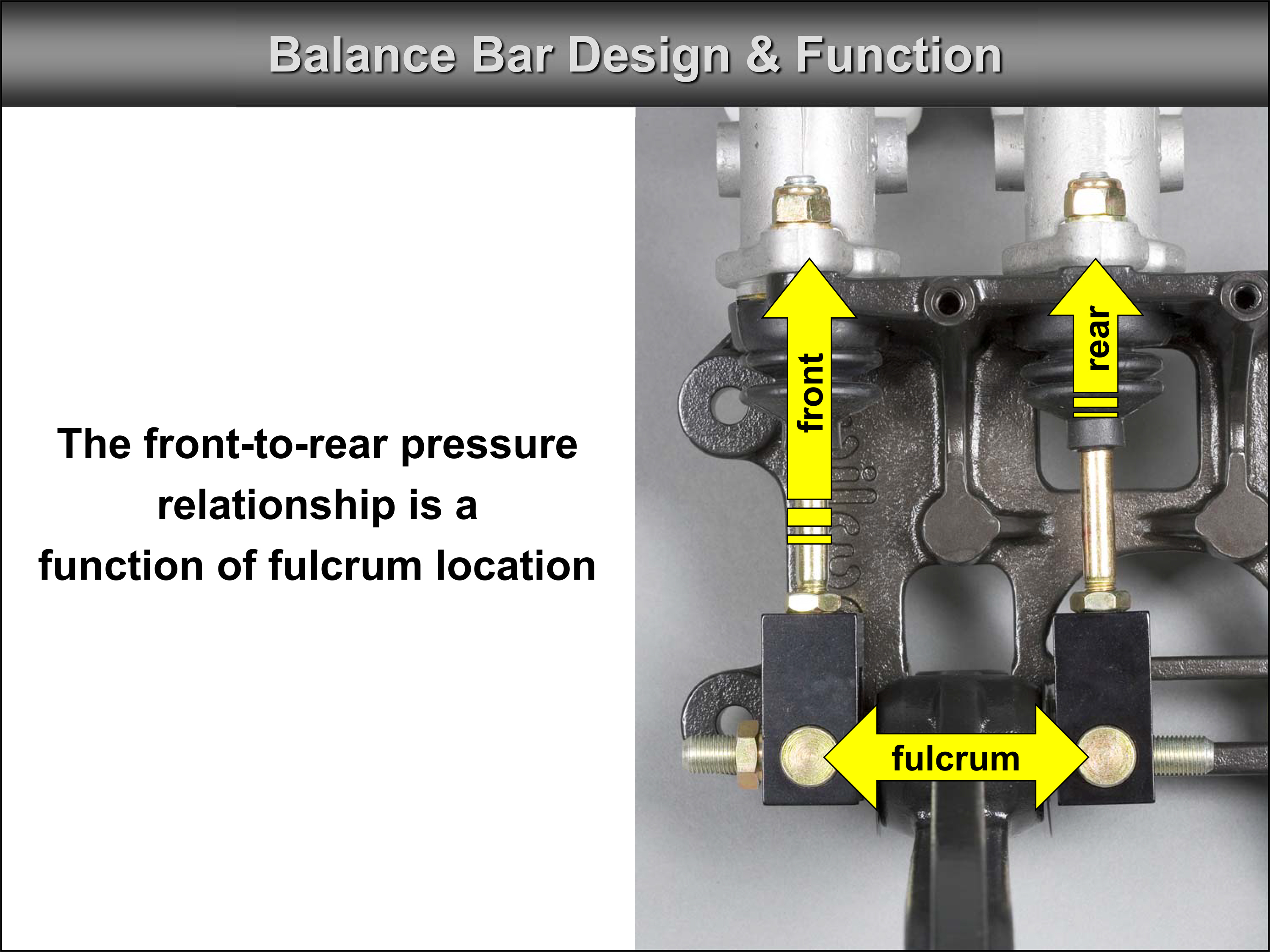
While most passenger car brake systems are quite robust and reliable under typical operating conditions, high-performance driving and/or racetrack operation generally require alternative design solutions to optimize consistency and longevity. Whether it is brake fluid fade, cracked rotor discs, chronic knockback, or insufficient brake pad life, the stresses of motorsports can pose unique challenges to even the very best brake system designs. Consequently, ceramic rotors, six-piston calipers, adjustable balance bars, and titanium backing plates have all made their way onto the high-performance brake system scene, but what is the right answer for your application?
This seminar has been designed to assist you in answering that very question. The day begins with a concise yet thorough analysis of brake system design factors relevant to all types and categories of high-performance vehicles.
The principles of energy conversion, gain, balance, and deceleration are discussed and supported with straightforward mathematical models, allowing attendees to realize the compromises that must be considered when designing from a system perspective.
From selecting an appropriate brake pedal ratio through the calculation of caliper effective piston area, the second portion of the seminar dives into the details of brake system component design. Based upon the principles learned earlier in the day, attendees will quickly realize that just as with proper system design, brake system component design is an exercise in managing engineering trade-offs. As a result, the material presented will not disclose what components to choose as much as how to choose them.
Day two of the seminar concludes with a design exercise that will allow attendees to put into practice several of the key concepts learned throughout the seminar. Detailed course notes and illustrations are provided along with a copy of High-Performance Brake Systems: Design, Selection, and Installation for on-the-job reference.
Learning Objectives
By attending this seminar, you will be able to:
- Estimate brake system energy capacity
- Approximate brake system gain requirements
- Calculate vehicle deceleration
- Establish brake proportioning for ideal balance
- Determine pedal ratios, booster output, and hydraulic system gain
- Discuss the differences between brake fluid chemistries
- Specify brake caliper components
- Differentiate between brake pad friction materials
- Select rotor technologies for application-specific needs
Who Should Attend
This course has been developed for individuals involved in the specification, design, installation, maintenance, and performance of brake systems and their associated components in high-performance and/or racing applications; however, the fundamental principles and design considerations presented apply to all facets of brake system engineering. In addition to individuals involved directly in brake system design, this course can be valuable to those responsible for chassis design, suspension tuning, tire optimization, and overall vehicle dynamics in high-performance applications.
Prerequisites
An undergraduate engineering degree or a strong automotive technical background is highly recommended. Basic knowledge of college algebra, college physics, and a familiarity with vehicle hydraulic brake system functionality is required to participate in the final seminar design exercise.